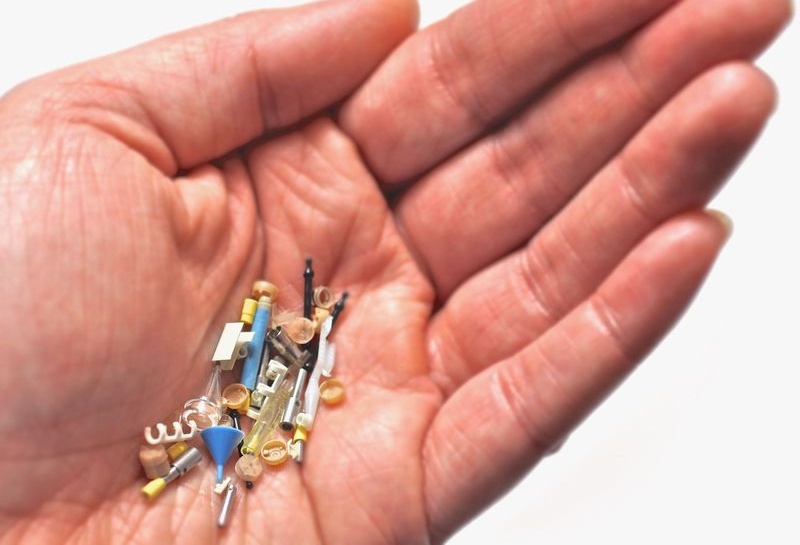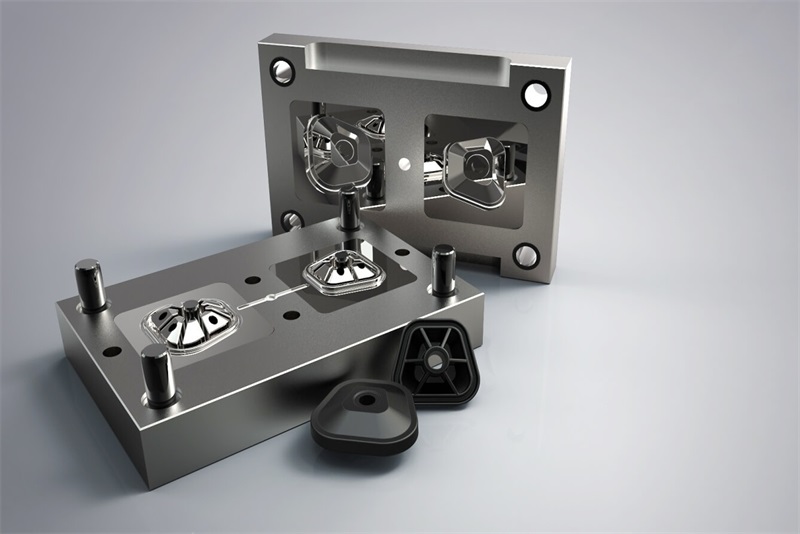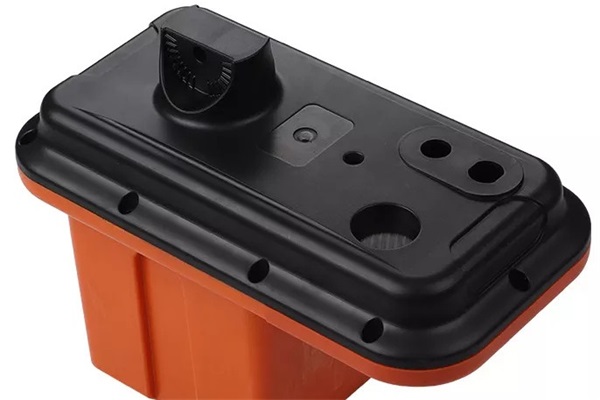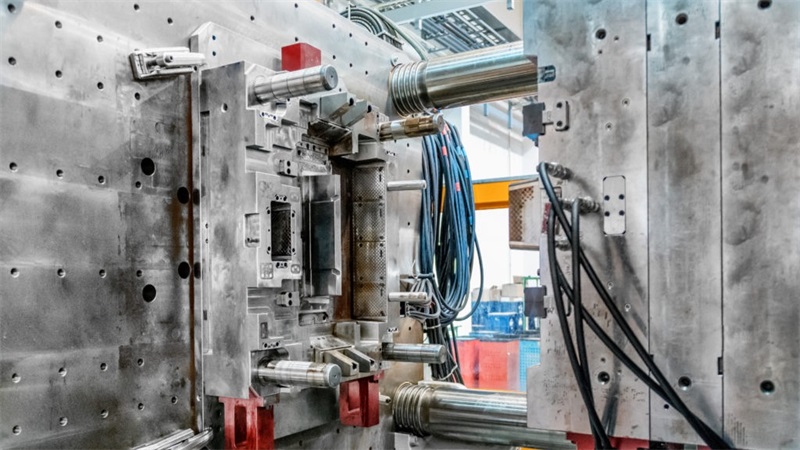You can’t produce the small or tiny plastic objects, such as those with 1 gram weight or below, with the normal plastic injection molding process. To produce small or tiny components for use in various small appliances, such as smartphones, wristwatches, engines, lock systems, and medical devices, you need to use a specialized injection molding process called microinjection molding.
Table of Contents
Understanding More about Microinjection Molding and Its Principles
Micro injection molding doesn’t differ much from regular injection molding in terms of how the production process works. The difference lies in the goal of the micro injection molding process, which is to produce or manufacture small plastic components for various types of industries. These tiny components are needed to ensure the workings of various small-sized apparatus or appliances.
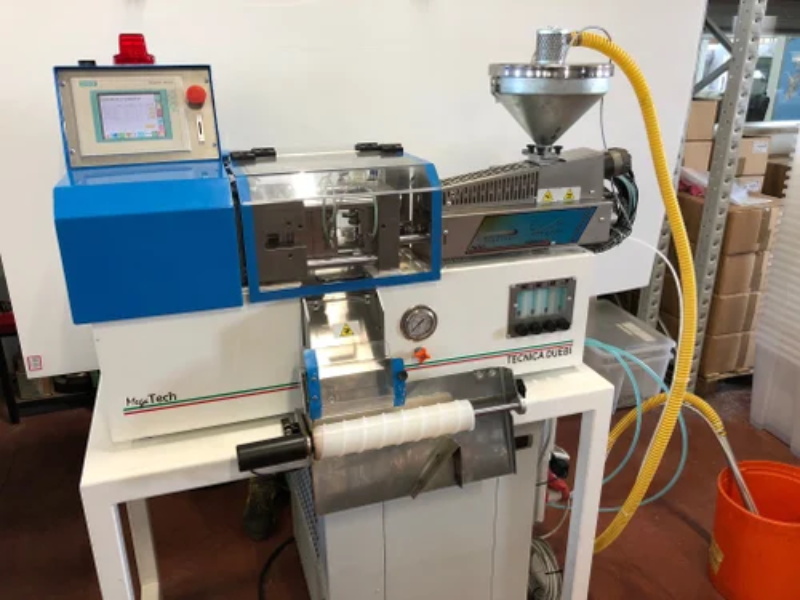
The principles behind micro injection molding involve the use of smaller molds or tools to rapid manufacturing each tiny plastic component. Then, using the various plastic materials of your choice, you will inject these materials into the mold at high temperatures, let it cool down, and eject the manufactured parts from the mold once it is completed.
Advantages of Microinjection Molding
Microinjection molding offers many advantages for you, especially if you are looking to produce small plastic parts in large quantities. This small version of plastic injection molding can provide you with all the necessary steps to produce all types of small components for various industrial applications. Here are some advantages of micro injection molding:
●Producing small plastic parts with tight tolerances by mircoinjection molding.
The regular injection molding process won’t be capable of producing small plastic parts, since it is more suitable for producing normal-sized parts. With micro injection molding, you can create the small-sized plastic parts with the same plastic injection molding principle, with the only difference being that you are working with smaller molds to produce these smaller plastic components.
●Applying various complex geometrical elements.
The good thing about microinjection molding is that you can apply various complex geometrical elements into each component you produce using this method. The complex geometrical elements you can apply for the microinjection molding include thin walls, undercuts, threads, and others.
●Capability of using various plastic material types in microinjection molding.
Each plastic material type will offer different characteristics, ranging from malleability, strength, and durability, which you can set based on your project needs. With various types of thermoplastics and polymers you can choose for micro injection molding, you can also pick the most suitable material based on your production budget.
●Computerized process.
To meet the most accurate and complex geometrical requirements for each tiny component you produce with microinjection molding, the use of computerization is needed. You need to use the computer programs for microinjection molding to design each tiny component or injection molding threads based on your project needs. Moreover, microinjection molding also supports the production of high-volume tiny components, which can help save a lot of time in your manufacturing production.
Common Applications of Microinjection Molding
Micro injection molding is becoming more popular nowadays, thanks to the immense technological advancements in various industries. Companies are in constant need to make their products more compact. To achieve this, the use of tiny or small components will be needed, and this is where micro injection molding comes into place. Here are some common applications of micro injection molding:
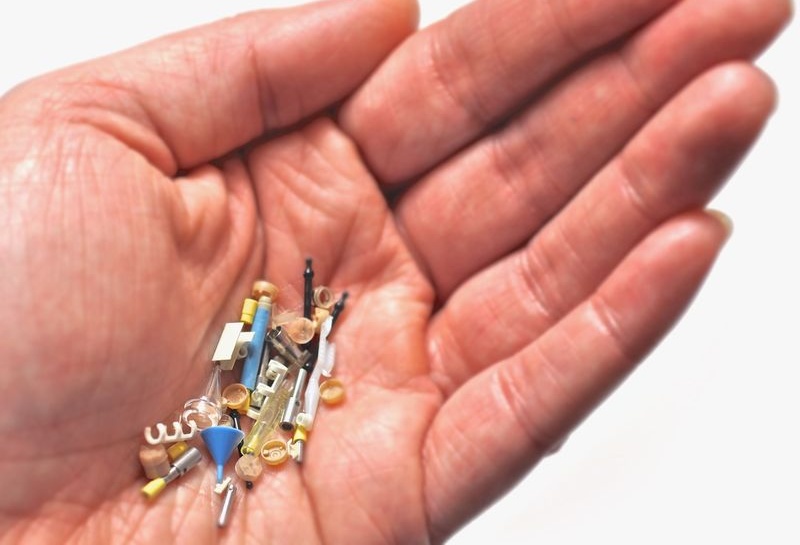
●Electronics.
Plenty of electronic products need small or tiny plastic components to run, and these tiny components can’t be produced with the regular injection molding method. Thus, you will need to use a more appropriate method to produce these small plastic parts, which is microinjection molding. The small or tiny parts produced with microinjection molding for the electronics industry include small switches, gears, and connectors.
●Clocks or watches.
Whether it is the regular analog clock or the smartwatch, you will need small or tiny components installed within the clock’s body to make it function properly. Microinjection molding is an indispensable production method used in the clock or watches manufacturing process.
●Medical.
With the technological advancements in the medical field, various healthcare-related activities can be done with smaller medical devices, which are much more efficient and effective to use. These smaller medical devices will need the inside components that are tiny, which you can produce only with the help of microinjection molding. These tiny components inside the small form-factor medical devices are needed to help treat the patient’s condition in the best ways, depending on their needs.
●Automotive.
In the automotive industry, there are also various applications of micro injection molding you can find, such as the production of various small electrical components for the vehicle or the production of tiny plastic parts for the engine system. There are also dashboard components, which include buttons and locking mechanisms that will also need to be produced with the micro injection molding method. Without these small components, a vehicle will not be completely functional and ready for use for the customers.
●Pharmaceuticals.
In pharmaceuticals, the microinjection molding is useful to produce various tiny components used for the drug production devices. There are also some medical tools that are used in the pharmaceutical industry, which requires the use of small plastic parts, such as drug injection devices, medical diagnostic tools, and many others.
●Surgical applications.
Nowadays, you can insert tiny surgical tools or components inside the patient’s body to perform certain surgical operations more effectively. In the surgical industry, micro injection molding is required to produce these tiny surgical components that allow surgical doctors to perform their surgical operations with more accuracy and precision. This will in turn help them recover the patient’s health condition with minimal risks.
Conclusion of microinjection molding
Micro injection molding is a molding process for the manufacture of plastics components for shot weights of 1 to 0.1 grams with tolerances in the range of 10 to 100 microns. This molding process permits the manufacture of complicated small geometries with maximum possible accuracy and precision. Microinjection molding shares the same principles as the regular injection molding process, with the only difference being the final product size. With microinjection molding, you can produce small or tiny components using a wide range of plastic material options for the various industries that need to use these smaller components for their appliances.
The use of micro injection molding will only expand in the future as technological advancements keep on improving day by day, which necessitate companies to offer various products at smaller sizes. As the demand for these smaller-sized products rises, the demand for the microinjection molding method will also increase over time.
Besides from injection molding, TEAM Rapid also offers 3d print services, CNC machining services, and die casting to meet your projects needs. Contact our team today to request a free quote now!
